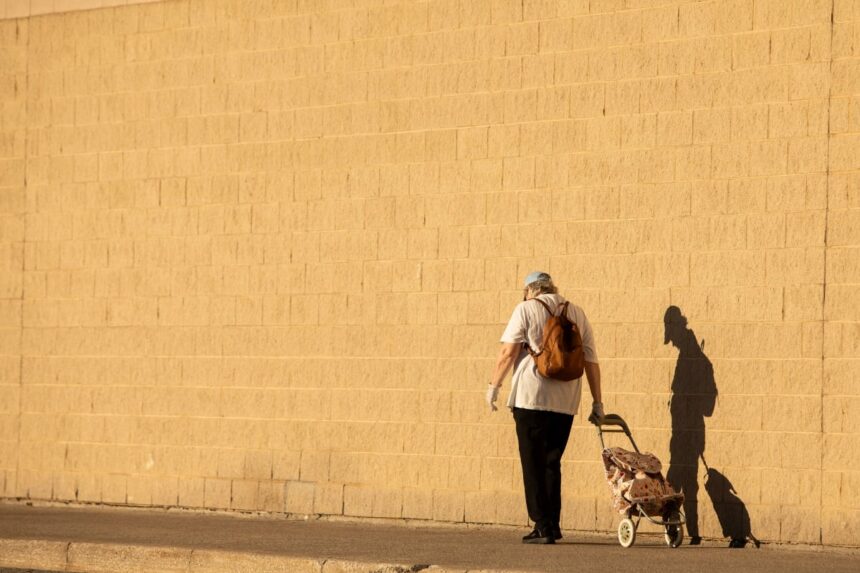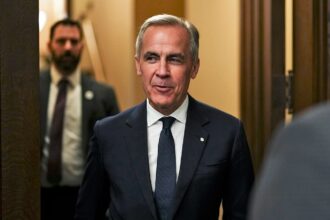In the pre-dawn hours when most of Toronto still sleeps, 67-year-old Miguel Sanchez is already at work, his weathered hands sorting through recycling bins for the bottles and cans that have sustained his modest income for over a decade. But recent changes to Ontario’s bottle deposit program have dramatically altered the landscape for urban bottle collectors like Sanchez, creating both challenges and unexpected opportunities in the city’s informal recycling economy.
“I used to make about $30 on a good day,” Sanchez told me during a recent interview as we walked his regular route through downtown Toronto neighborhoods. “Now with the new 15-cent deposit on wine bottles, some days I can make almost $45. But the competition is much fiercer now.”
The Ontario government’s expansion of the bottle deposit program, implemented last month, has increased refunds across numerous beverage container categories while adding wine and spirit bottles to the eligible list for the first time. The policy change aims to boost recycling rates and reduce landfill waste, but it has created ripple effects throughout the informal collection ecosystem.
According to data from Environment Ontario, the province’s recycling rates for beverage containers hovered at 68 percent before the program changes. Officials project the enhanced deposit system could push that figure above 85 percent within two years, bringing Ontario more in line with provinces like British Columbia, where similar comprehensive programs have achieved recycling rates exceeding 90 percent.
For Toronto’s estimated 400-plus bottle collectors, the new system presents a complex economic reality. Higher deposit values mean potentially greater income, but the sudden influx of new collectors—many driven by economic necessity in a city grappling with a 12.7 percent poverty rate—has intensified competition for the limited resource.
Dr. Emily Wong, an urban economist at the University of Toronto who studies informal economies, notes that the situation reflects broader socioeconomic pressures. “Bottle collection has traditionally been the domain of seniors supplementing fixed incomes and new immigrants building economic footholds,” Wong explains. “The expanded deposit program has attracted younger participants, including students and underemployed workers seeking side hustles in a challenging economic environment.”
The environmental implications extend beyond recycling rates. The Carbon Reduction Institute estimates that each tonne of recycled glass saves approximately 670 kg of CO2 compared to producing new glass. With Toronto’s annual consumption of glass bottles exceeding 85 million units, the enhanced collection system could potentially reduce the city’s carbon footprint by several thousand tonnes annually.
For municipal officials, the surge in collection activity presents both benefits and challenges. Toronto Waste Management reports a 23 percent reduction in glass entering the city’s waste stream since the program expansion, but this has coincided with increased reports of disrupted bins and scattered recyclables in some neighborhoods.
Councilor Devi Sharma, who oversees waste management policy for the city, acknowledges the balancing act. “We’re seeing tremendous environmental benefits,” she told CO24 during a recent city council meeting. “But we need to ensure collection activities remain respectful of community spaces and private property.”
For collectors like Sanchez, adaptation has become essential. “I’ve changed my schedule completely,” he explains. “I start earlier, around 4 AM now, and I’ve mapped out new routes focusing on areas with restaurants and bars where the wine bottles are more plentiful.”
Other collectors have formed informal cooperatives, pooling resources and dividing territories to maximize efficiency while reducing conflict. “We have a WhatsApp group now,” says Anna Kozlova, a 58-year-old collector who immigrated from Ukraine five years ago. “We coordinate so everyone gets a fair chance. It’s more organized than most people would think.”
As Toronto continues to implement its climate action strategy, which aims for a 65 percent waste diversion rate by 2026, the role of these informal recyclers may evolve further. Some environmental advocates have proposed formalizing their role through municipal partnerships similar to successful models in cities like Buenos Aires and São Paulo, where waste picker cooperatives receive infrastructure support and recognition.
The changing dynamics raise important questions about urban sustainability and economic inclusion. As cities seek to reduce waste and carbon emissions, how might they better integrate and support the informal recyclers who have been environmental stewards long before sustainability became a policy priority?










